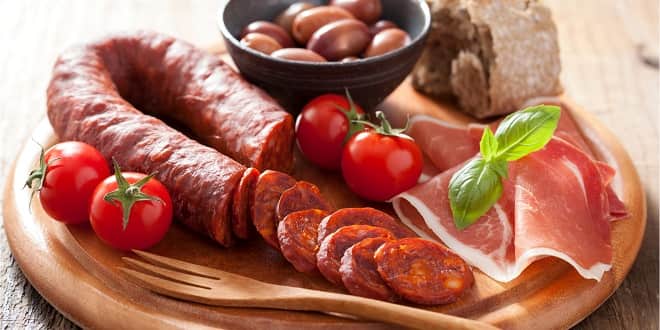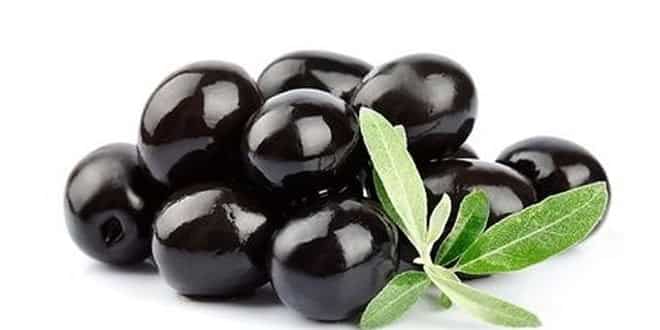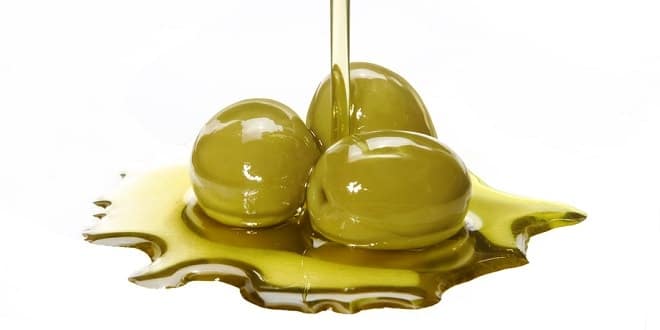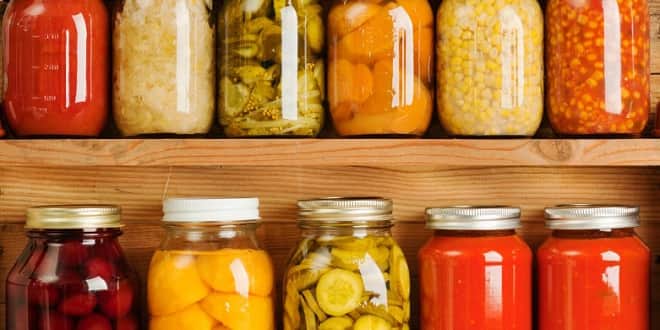Fermentasyon Teknolojisi
-

Meat Fermentation Presentation
Preservation is achieved by a combination of processes, such that fermentation is combined with drying, salting, smoking, cooking, and antimicrobial chemicals to ensure safety and to enhance preservation Geography dictates the types of fermented meet products. In warmer areas, the Middle East and around the Mediterranean, spices were often added, and a drying step was common. In colder, Northern areas, where sausage technology is more recent, spices were rarely added, and instead products were usually smoked or sometimes cooked following fermentation. The preservation of fermented meats serves as a perfect…
-

Midterm Questions
FE471 2007 1st MIDTERM QUESTION AND ANSWERS 1) What are the cold break and hot break? – Protein precipitation; to have colloidal stability of the beer, high molecular proteins forms large flocks and precipitate this is called as “hot break” or “trub”. – Wort is cooled to 48 C in a heat exchanger; there will be some additional protein precipitation, which is called as “cold break”. 2) Back-slopping and DVS culture advantages and disadvantages? – Directly into the food material, thus eliminating the need to grow bulk cultures. – ‘direct-to-vat set’ or DVS. – Of course, such cultures are also widely used in the…
-

Mushroom Production
Mushroom Production Location of mushrooms and truffles in the classification of fungi Structure of a typical mushroom. (a), volva; (b), stipe; (c), annulus; (d), gills; (e), pileus; (f), scales (remnants of universal veil). Mushrooms are known for their B-complex vitamins (niacin, thiamin, and B12) and folic low in fat content unsaturated fatty acids, in particular linoleic acid ( 78% of the total fatty acids). monosodium glutamate is present ( flavor enhancer) Mushrooms have a natural tendency to bio–accumulate the minerals from their growth substrates so used as Indicators of Toxic Elements By…
-

Mushroom Production Presentation
TRUFFLE ( USED FOR TUBERS) Kumi Keme, Domalan, Tombalak, Topalak, Geme They live in close association with the roots of specific trees. Their fruiting bodies grow underground Classis : Ascomycetes Ordo : Tuberales Familia : Terfeziaceae Genus : Terfezia Species : T. boudieri Chatin …
-

Olive Fermentation
OLIVE FERMENTATION Four fundamental types have been established; 1. green 2. turning color 3. natural black ( for these types they refer to color of fruit as a raw material, color does not change during processing) 4. black ( harvested as turning color and turns to black during oxidation in an alkaline during processing) • Bitterness of fruit can be eliminated completely and quickly by alkaline hydrolysis, that is, by treatment of olives with sodium hydroxide solutions prior to fermentation and by storage in brine or dry salt. • These fruits are generally called pickled olives. • Bitterness may also be eliminated slowly and partially without…
-

Olive Fermentation Presentation
•OLIVE FERMENTATION •The main use of raw olives, is as olive oil— •more than 90% of the total worldwide olive production is used for oil •7% to 10% are consumed as table olives. •Currently, four countries— Italy, Spain, Greece, and Turkey —are responsible for 75% of the total worldwide olive production (9-15 billion Kg) •Four fundamental types have been established; •-green •-turning color •-natural black •( for these types they refer to color of fruit as a raw material, color does not change during processing) •-black ( harvested as turning…
-

Pickling
PICKLING • An important food preservation system combines salting to selectively control microorganisms and fermentation to stabilize the treated food materials. • Pickling is one of the oldest, and most successful, methods of food preservation known to humans • The process when applied to vegetables is called pickling. • When applied to meat it is called curing. Pickling remains a major form of preservation in many countries because it: (1) yields desirable organoleptic qualities; (2) provides a means for extending the processing season of fruits and vegetables;Factors involved in vegetal fermentation (3) requires relatively little mechanical energy input. Salt • exerts a growth repressing action…








